By ‘quiet’ I mean the anti-DreamWorks of yak-yak. The following films will help a child to feel calm rather than revved up.
These quiet movies are set close to nature, feature classical soundtracks relatively little (if any) dialogue. (For some reason the mother is usually absent.)
Please bear in mind that by ‘quiet’ I don’t necessarily mean ‘appropriate for all kids all of the time’. Quite the reverse. Some of these quiet films are confronting, because when something horrible does happen in a quiet film, it feels all the worse for being isolated from all that babble. That said, my 8-year-old daughter has seen all of them numerous times, and she saw some of them when she was quite young. She tends to absorb story to the extent to which she can understand.
Some of these stories are not for children specifically. Your idea of ‘for children’ may differ from mine.
Notice these quiet but often disturbing films are not coming out of America? For a fulsome list we must leave Hollywood.
LIST OF QUIET FILMS FOR FAMILY MOVE NIGHT
1. THE BEAR (1988)
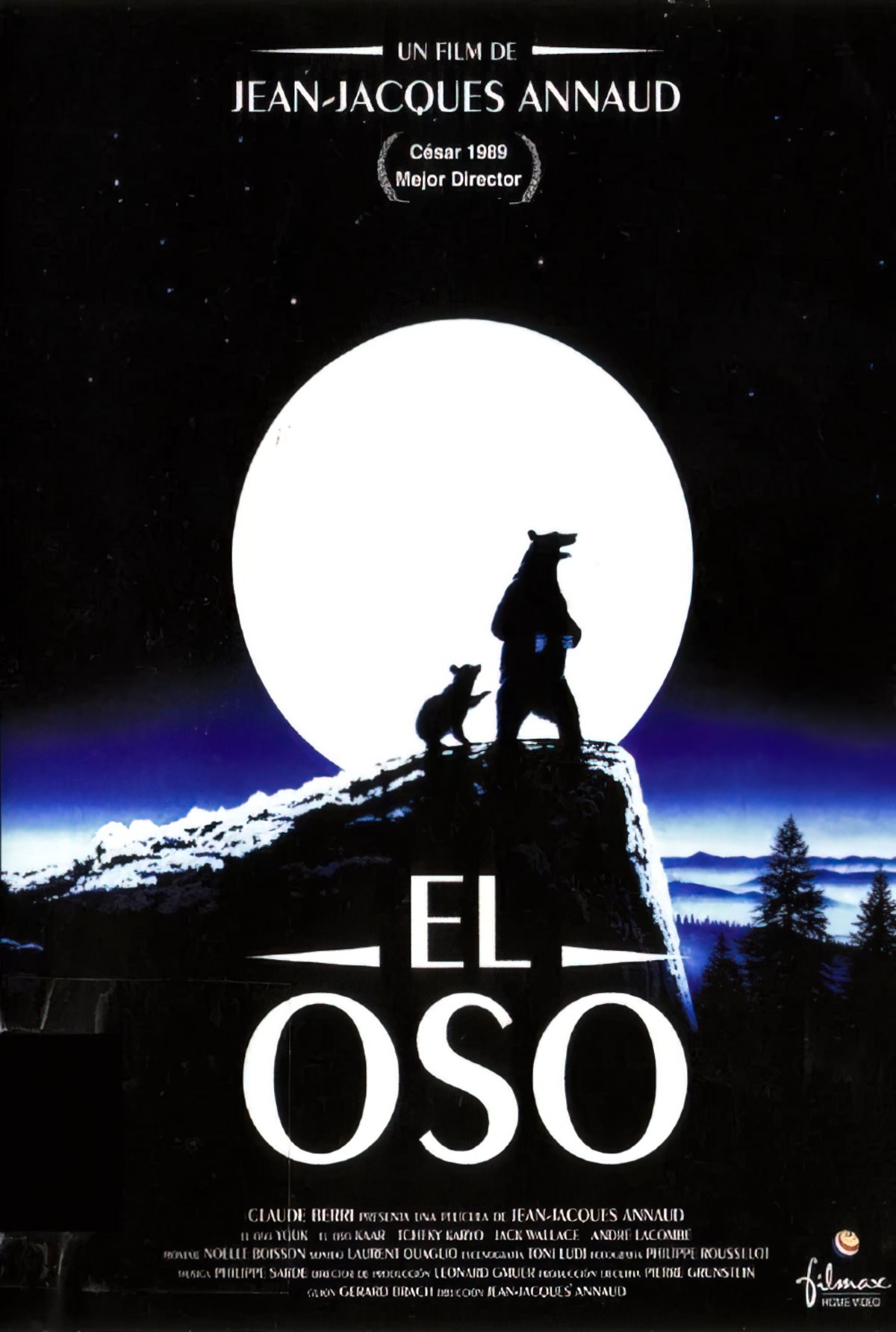
My father took me to see this in the cinema when I was ten. It’s still great. Like many classic stories for children, the mother dies. But the mother bear dies on screen, so it’s not like Cinderella or something like that, in which we never even mourn for the dead mother. The other note about this: There is a bear mating scene. I remember asking my dad in the theatre what they were doing. “They’re mating,” he whispered. I still didn’t really know what that meant, but I knew enough not to enquire further right there and then!
It’s essentially a father/son story. It’s actually pretty unrealistic if you know the real truth about male grizzlies, who are in reality inclined to eat their sons. So in fact this is an anthropomorphised story which glamorises fatherhood after getting rid of the pesky mother (a story we see all too often, even in modern films).
For some reason I still love it.
Young viewers may need to be reassured that no animals were harmed in the making of the film.
Fly Away Home also has a shock opening and follows with a quiet story, but I can’t really recommend it here. My kid finds that one not only quiet but lacking in narrative drive.
If The Bear appeals, see also feature length documentary Land of the Bears.
The disturbing part of this is limited to scenes in which the bears catch salmon. Some of the fish don’t appear to be dead before being eaten slowly. But for a documentary about wild animals, who behave pretty appallingly, this film is gentle and cute. The scenes of the bears enjoying their environment make me realise how in touch with sensory enjoyment bears are.
2. MINUSCULE: VALLEY OF THE LOST ANTS (2013)
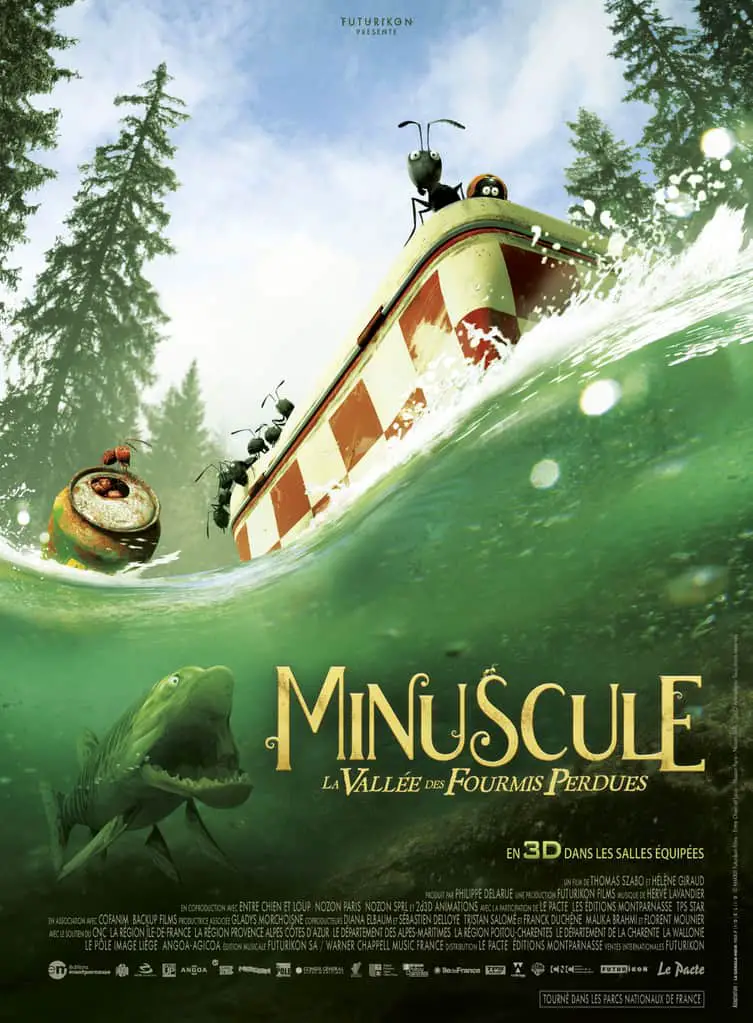
There’s no talking in this — the sound effects can sometimes be a bit noisy, because the insect world is depicted using human traffic sound effects, but overall this is a great before bed movie and I can’t think of any particularly disturbing scenes. It’s the safest of the films listed here. You’ll even empathise with a spider.
3. THE FOX AND THE CHILD (2007)
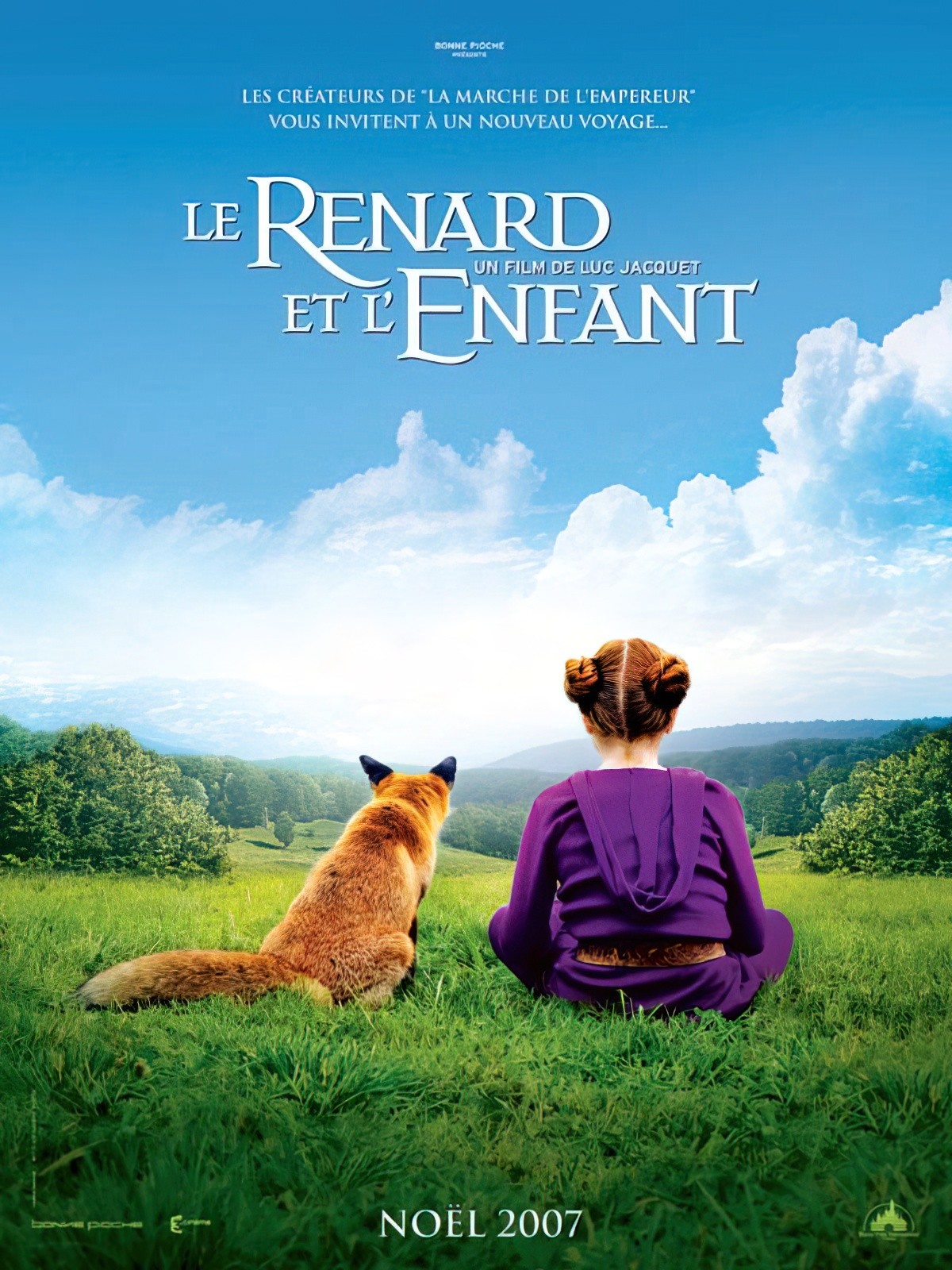
There’s very little talking in this, which is good, because if you’re watching in English you can see they’ve dubbed it pretty badly! (It doesn’t matter.) This appears to be a calm, nature-loving story — until the big struggle sequence. My eight-year-old fox loving kid burst into tears. But then it gets better… I feel it’s a shame they did this.
Spoiler alert:
[The fox appears to be dead but then it’s not really.]
The moral of the story is that you can’t tame a wild animal. You have to appreciate nature for what it is without anthropomorphizing.
4. MY NEIGHBOUR TOTORO (1988)
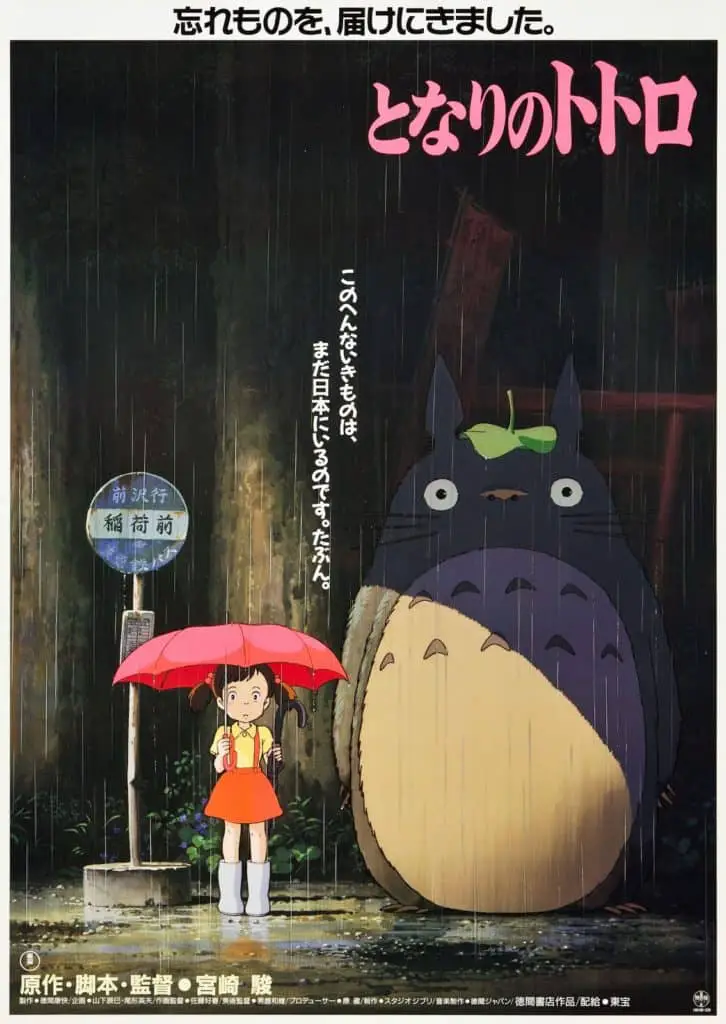
I could list a bunch of Studio Ghibli films here. I love this one so much I wrote an entire post about it.
In My Neighbour Totoro, we again have an absent mother (sick in hospital), and a story that glorifies the relationship between a father and his two little girls, who move to the country to be near the mother as she convalesces. They enter a spiritual world which feels very Japanese but is wholly imaginative, and meet some cuddly creatures.
This appeals to the younger set, even preschoolers. Another in the same vein is Ponyo. I write in detail about that film here. The mother isn’t entirely absent in that one — the father is.
5. SPIRITED AWAY (2002)
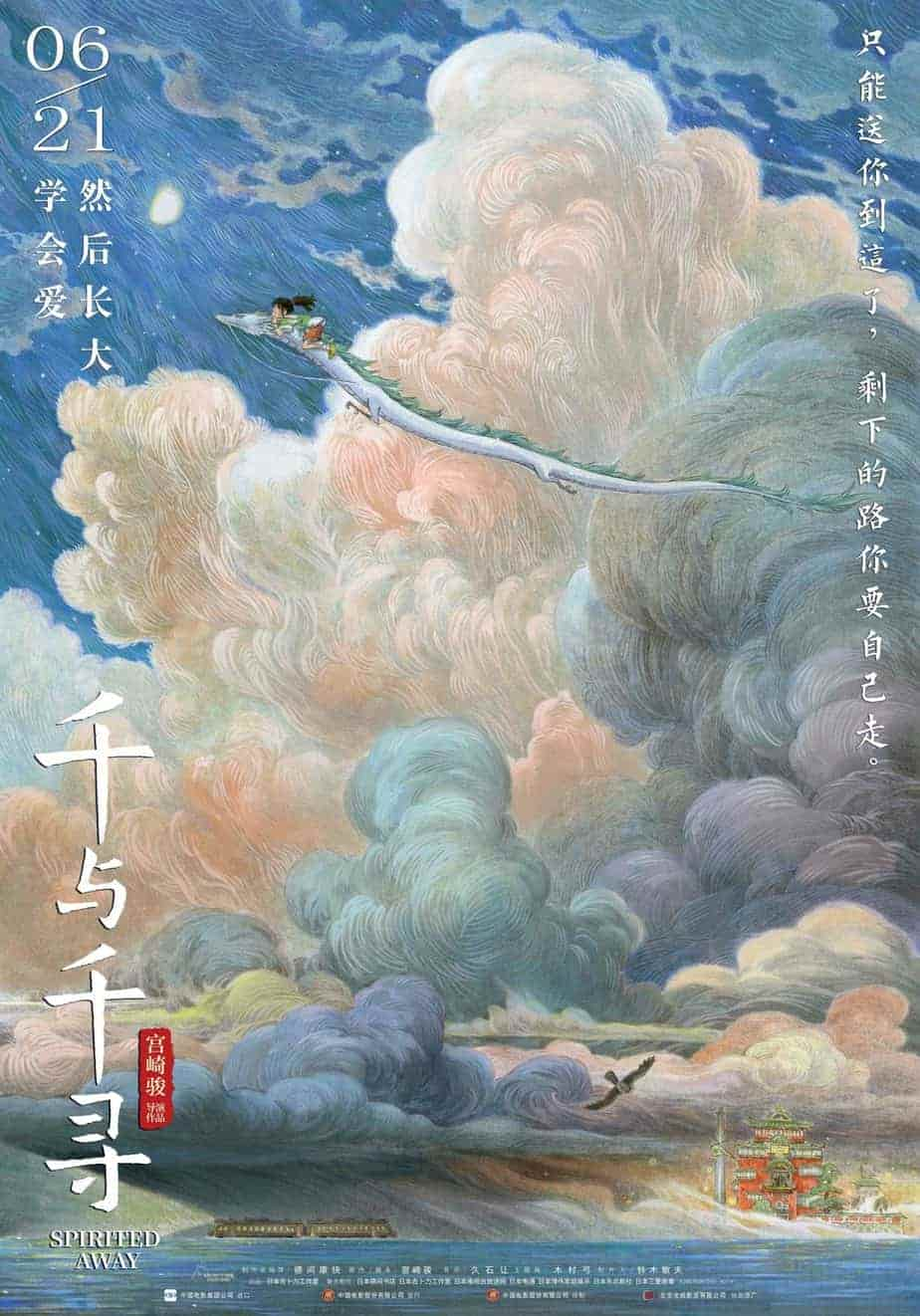
This is one of the Ghibli films for an older audience (compared to Totoro and Ponyo). The scene where the parents are turned into pigs is confronting for a little kid. But overall the pacing is slow and dreamlike. The parents eventually reunite, after Chihiro learns to work hard. (I thought this was a peculiarly Japanese characteristic of story until I read Brian Selznick’s Hugo Cabret!)
I won’t list all of the Ghibli movies — all of them are on the quiet side. Their latest film (2016) is The Red Turtle, their first non-Japanese production (though not the first non-Japanese adaptation).
6. RABBIT PROOF FENCE
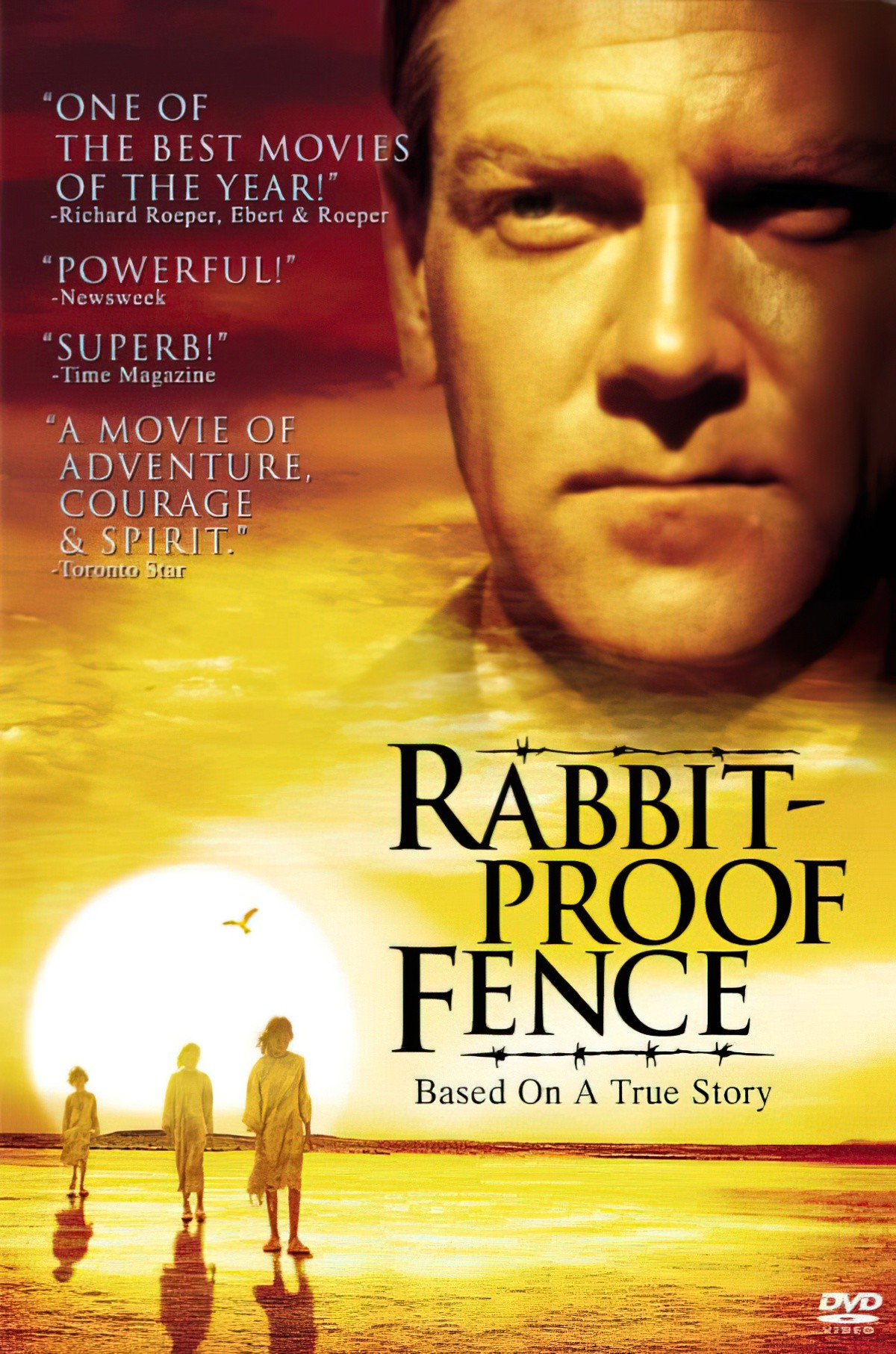
This historical story is the first live action on the list. Of course, the movie poster features the face of a white dude, rather than the Australian Aboriginal children it actually stars. This isn’t specifically a children’s film. There’s a scene in it where a woman walks the gauntlet and people throw rocks at her. This can be upsetting (though is nonetheless an accurate depiction of racist attitudes of the time).
7. MARY AND MAX (2009)
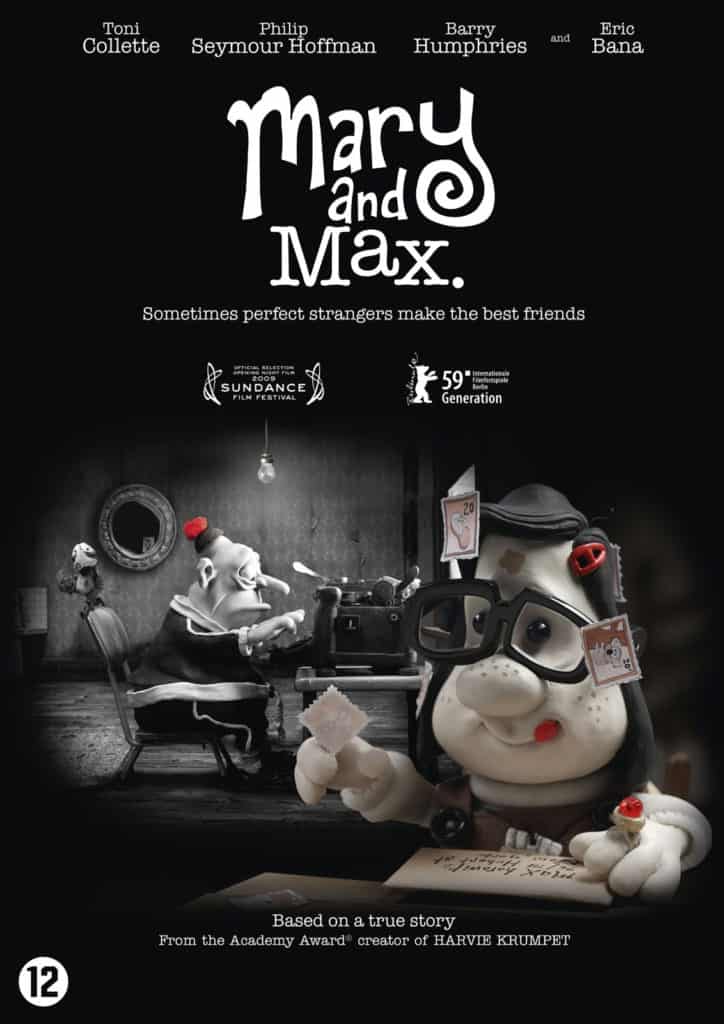
Another fine Australian film, and claymation, which makes it appealing to kids but it’s not specifically for kids. Mary and Max mixes real life scenery with animation (claymation), similar to the Minuscule movies.
It’s said this movie is not for kids. I think that’s because of how it ends. I watched this with my eleven-year-old at the time who, like Max, has autism, and they said it was their favourite film of all time. Really moving.
8. TEMPLE GRANDIN
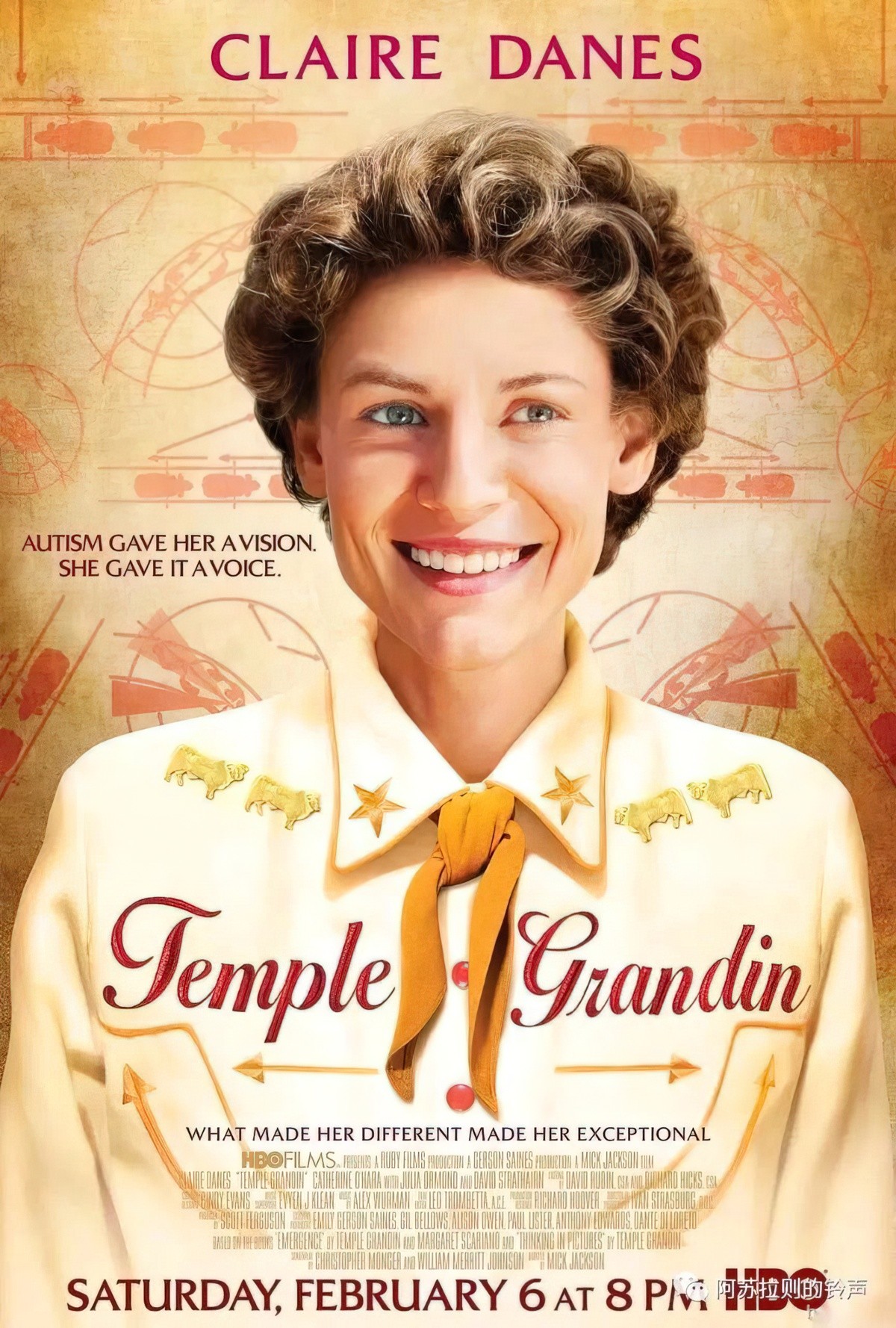
While we’re on the topic of neurodifference, I totally recommend this biopic of the world’s most well-known autistic woman.
I wasn’t a huge fan of Clare Danes as an actor — I felt she touched her hair too much in Homeland — but after watching her play Temple Grandin, I have a renewed respect for her breadth.
Children with sensory processing issues will identify with Grandin. (And may be the reason you were looking for a list of ‘quiet’ children’s movies in the first place.)
9. WHAT MAISIE KNEW (2012)
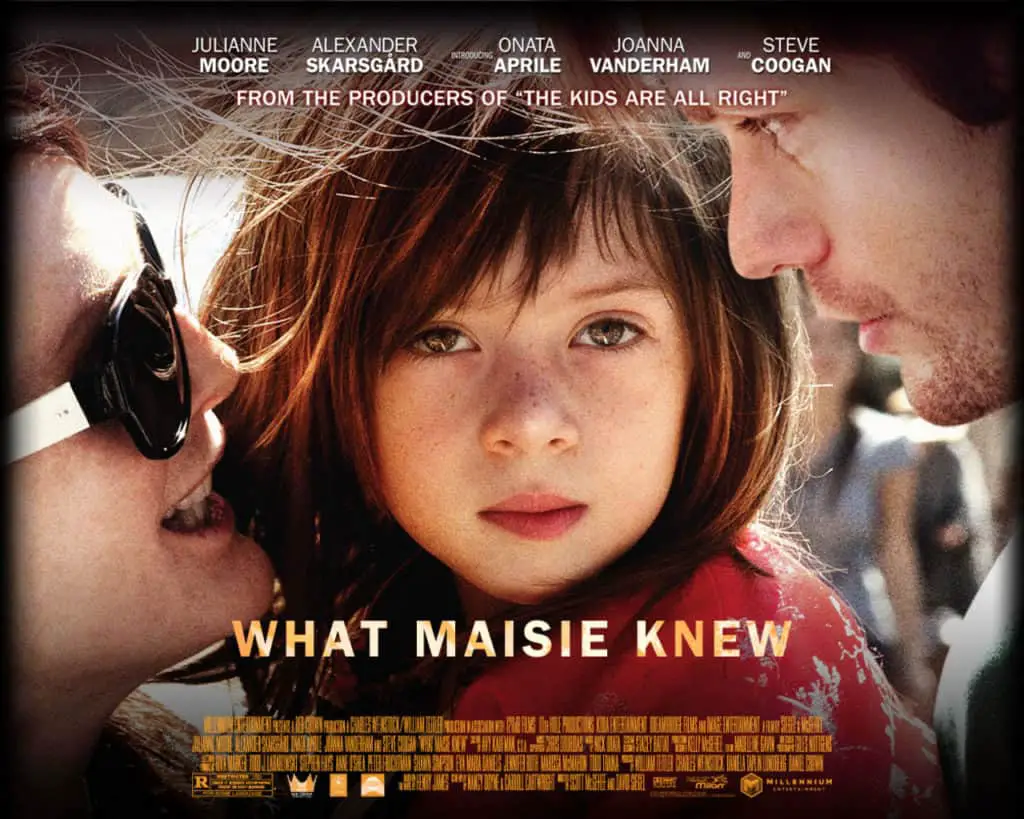
Perhaps not what you’d recommend for a kid? It’s true that not all stories about children are for children, and this is a film for adults, based on a short story for adults. Nevertheless, my daughter loved it.
Content note: it’s about a girl watching on as her parents go through a divorce.
The entire film rests on the acting abilities of the child actor, who does an amazing job.
10. THE PRIZEWINNER OF DEFIANCE, OHIO (2005)
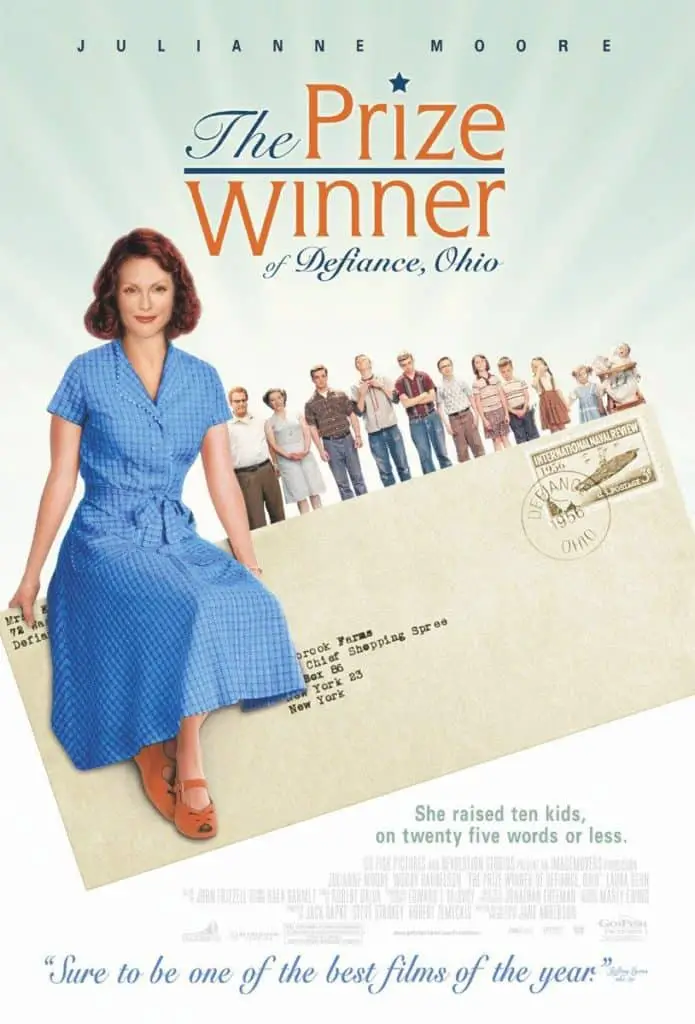
Speaking of the wonderful Julieanne Moore…
This is the least ‘quiet’ of all the films above, because it centres on the life of a big family, told from the perspective of a mother’s grown-up daughter. It’s based on the daughter’s memoir. I’d like to include it in this list to bolster the number of mothers. Overall it’s a feelgood film, though the scenes with the moody father might be a bit confronting.
11. WAITRESS (2007)
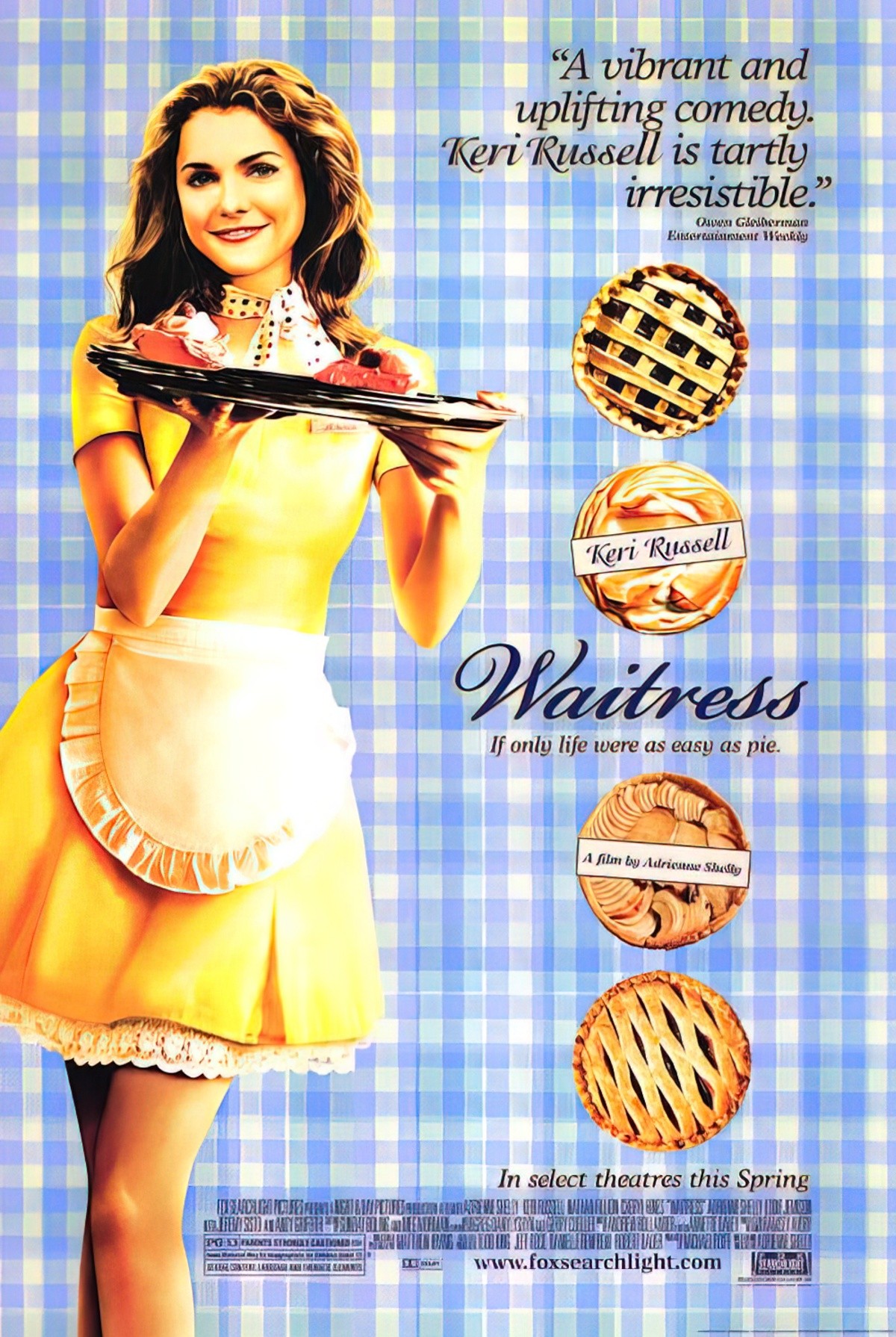
I’ve written about that film here. After watching this my daughter started an imaginary game of cafes, wearing an apron, writing menus and making food out of plasticine.
It will require prior knowledge of, or a discussion about, babies and where they come from, and how women sometimes end up with babies they didn’t plan, and have to make the decision about whether or not to keep them. This is something which can prey upon young girls’ minds anyway, so I feel such a discussion is never a bad thing. Overall, the message is conservative. The waitress ends up with a daughter, played by the writer/director’s real life daughter. The writer/director was subsequently murdered in real life by a man, but no need to mention that to your kid.
As I keep coming back to, real life is way worse than fiction. Might as well scaffold real life with slightly confronting fiction.
12. WOLF CHILDREN
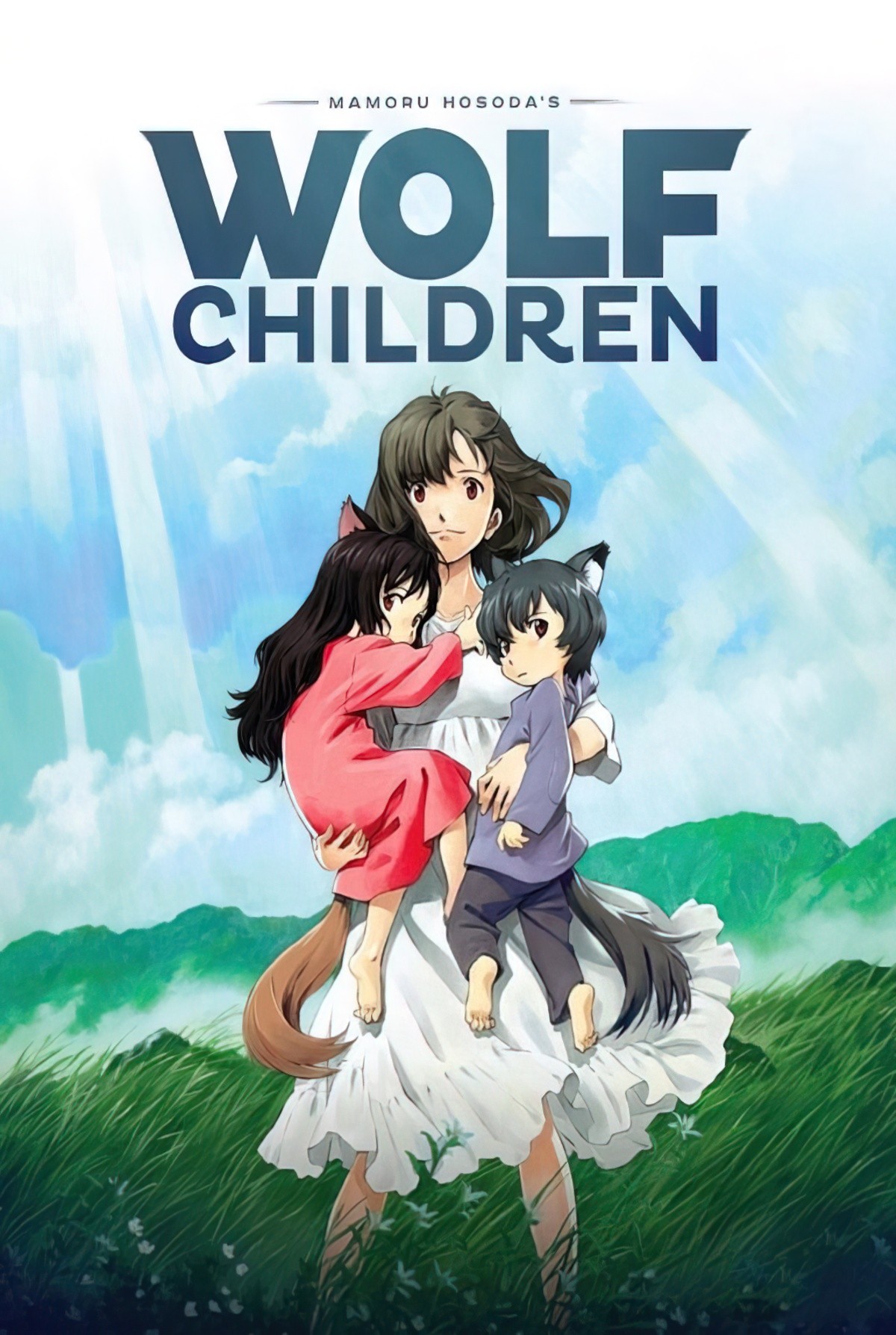
Back to Japan, Wolf Children is brilliant. I’ve written in depth about it here. So long it perhaps needs an intermission. I recommended this to a friend and forgot to impress upon her how sad it is. It’s sad. But in a bittersweet kind of way.
13. A LETTER TO MOMO
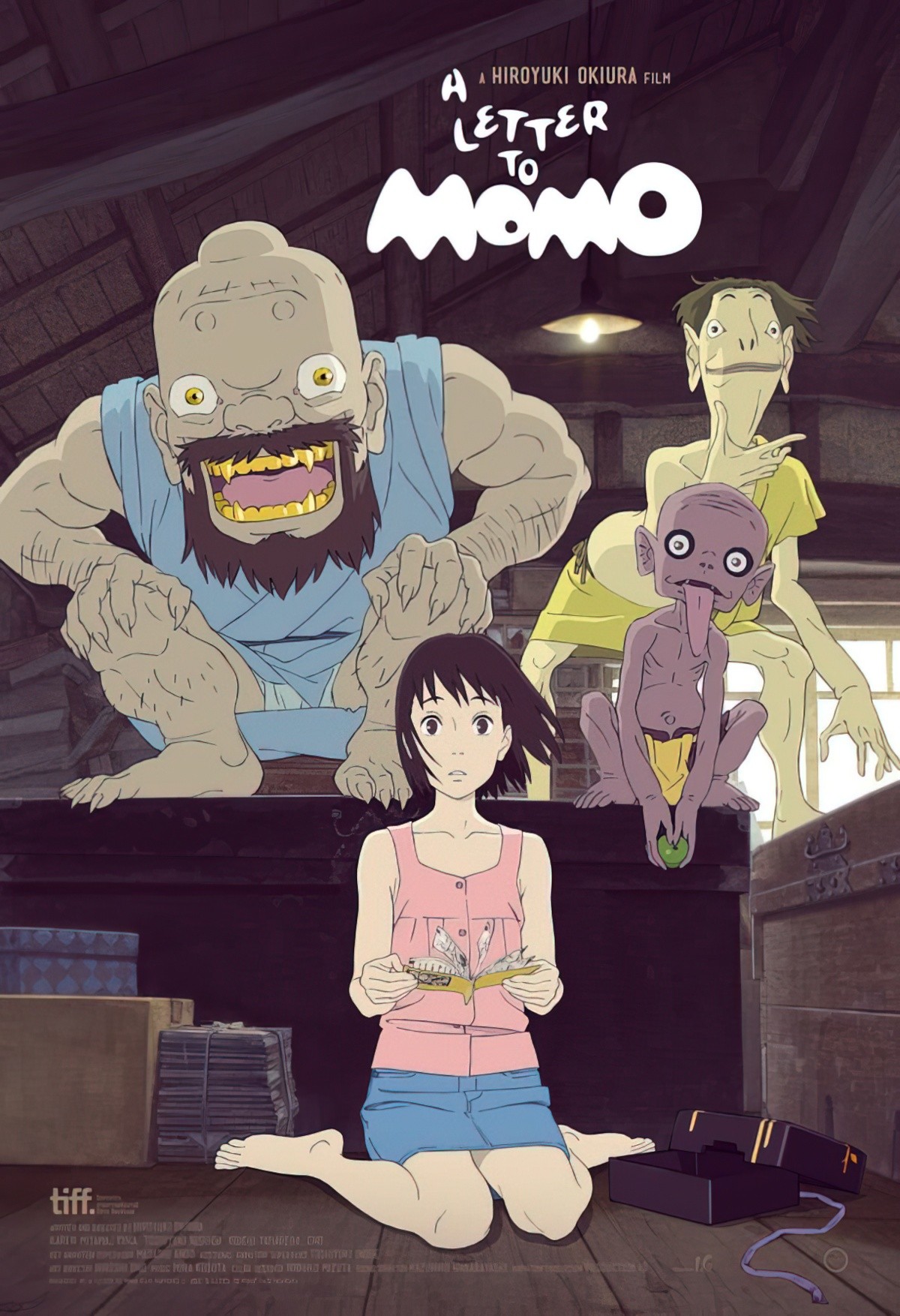
Brilliant. The monsters are initially scary and are gradually revealed to be harmless. They’re also a little ribald, in the traditional Japanese way. (Toilet humour rather than sexual humour.)
14. MOOMINS ON THE RIVIERA
We watched this a while ago on SBS Australia. If you’re familiar with the quirk of the Moomins books, you won’t be disappointed.
15. THE CAT RETURNS
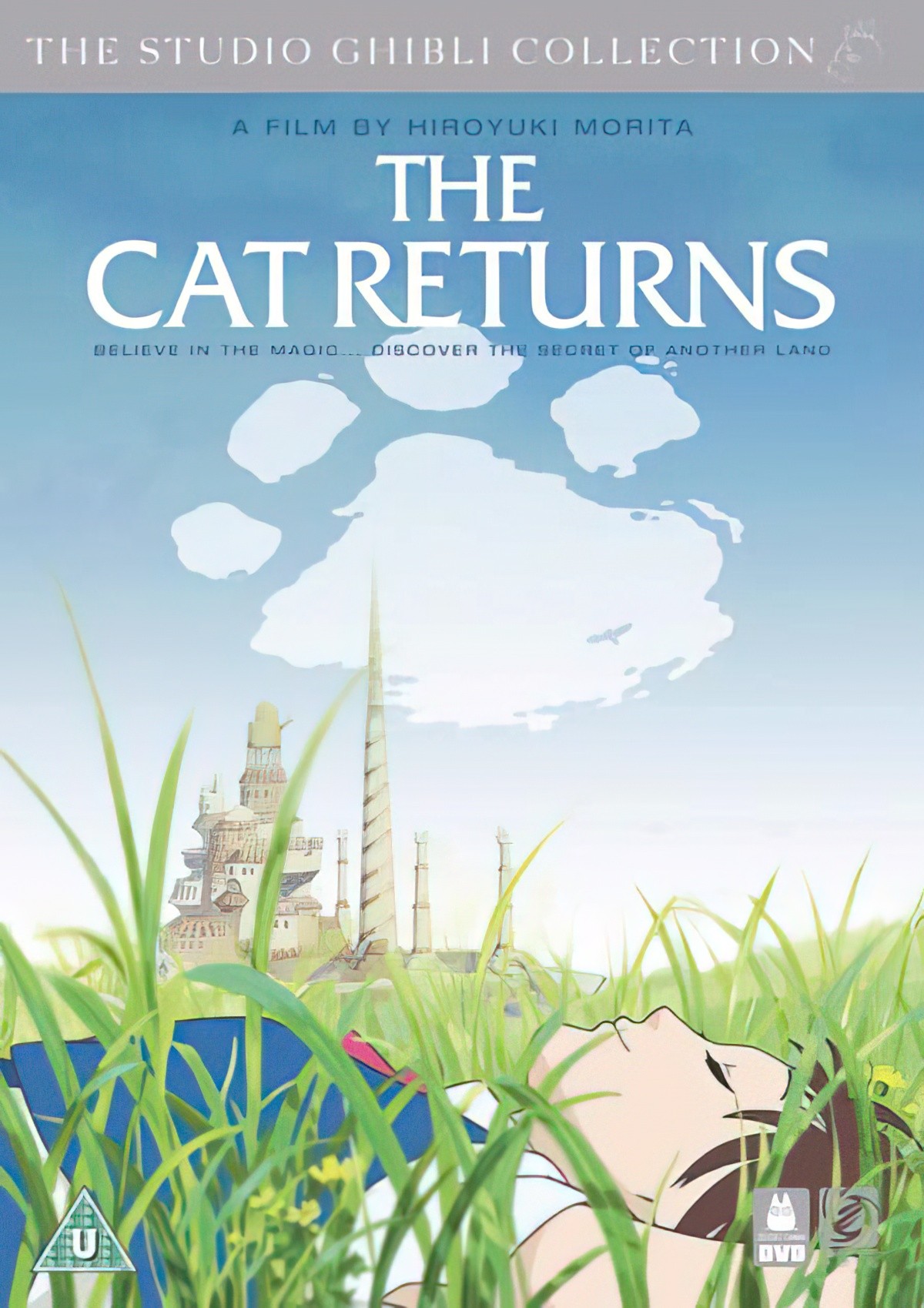
I’d better not forget this Ghibli movie. A girl rescues a cat who is about to get skittled by a truck. She ends up in a fantasy world run by cats. This is a slightly off-kilter, creepy story and not necessarily for cat lovers, actually. If you like the slightly bizarre, give this one a whirl. There’s a scene in which a character jumps to their death, which I wish wasn’t in there.
16. PONYO
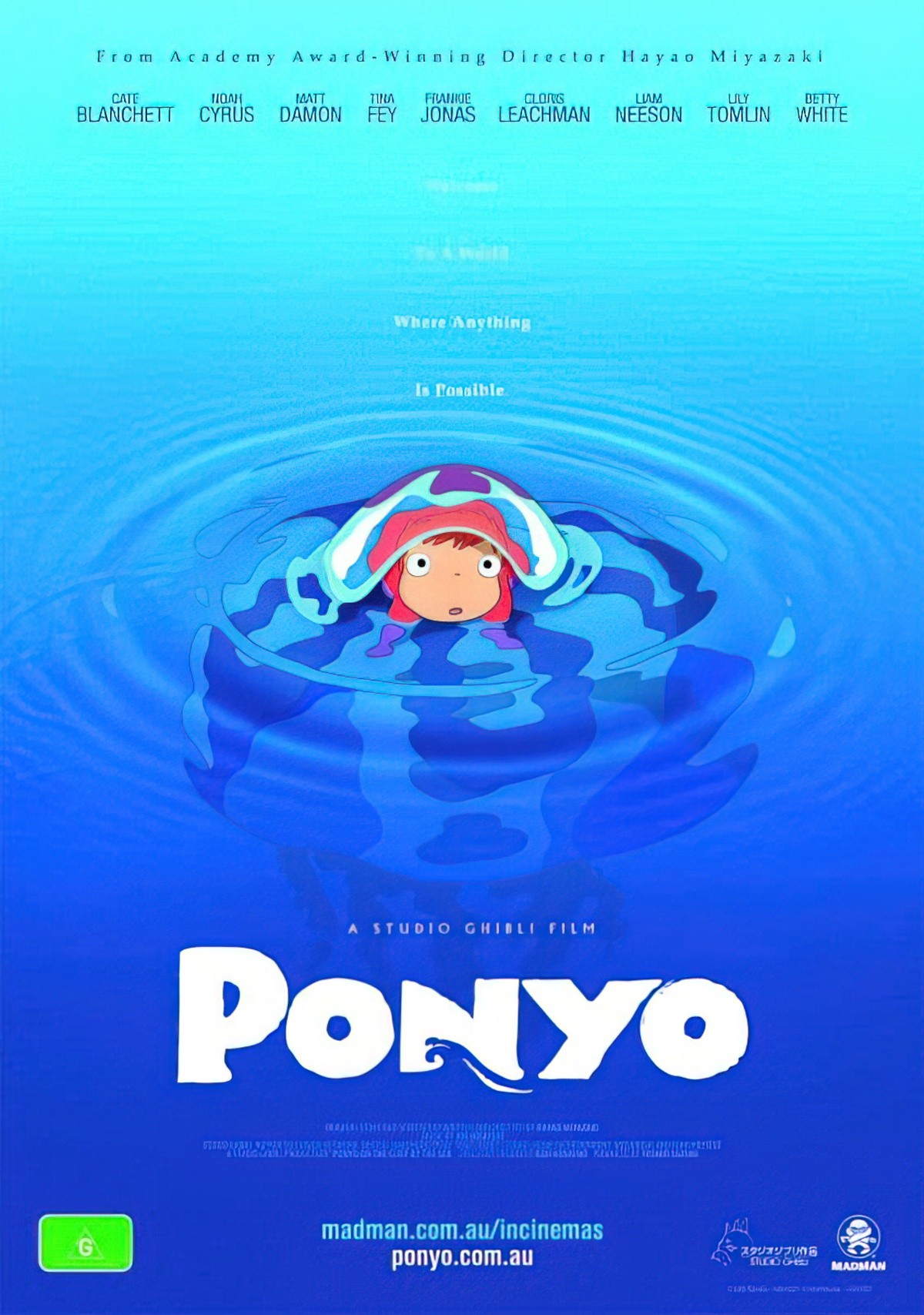
Along with My Neighbour Totoro, Ponyo is the Studio Ghibli film designed specifically for young children, as in preschool age.
17. THE GIRL WHO LEAPT THROUGH TIME
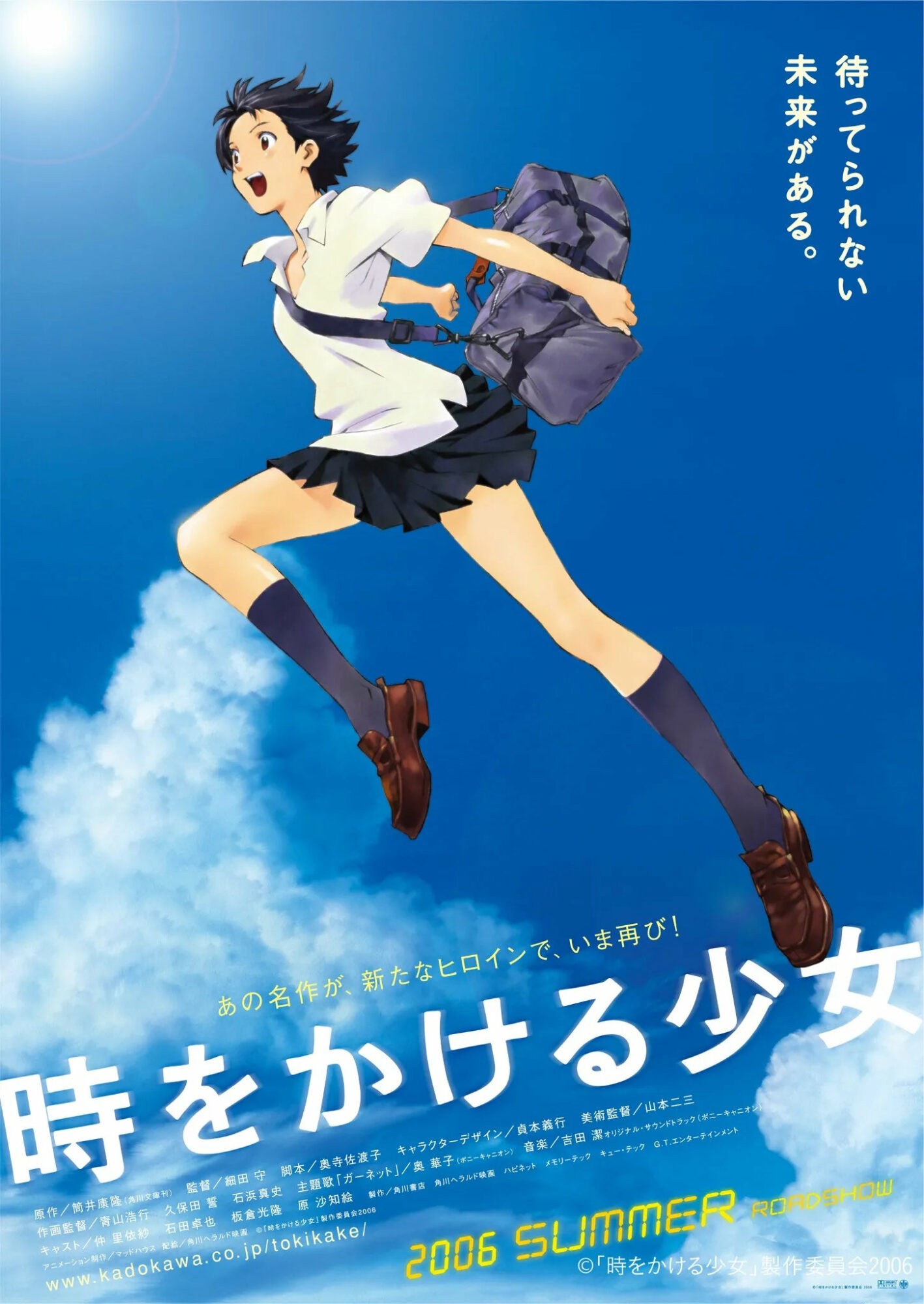
The Girl Who Leapt Through Time is the anime film adaptation of a famous book. It’s set over a Japanese summer, which gives it a languid feel. The story would be upper middle grade, younger young adult, with a sweet romantic subplot and a time travel storyline which is may be a little difficult for younger viewers to understand. But time travel in stories doesn’t really make sense anyway. (If it did, it’s be possible in real life, right?)
18. KOE NO KATACHI (A SILENT VOICE)
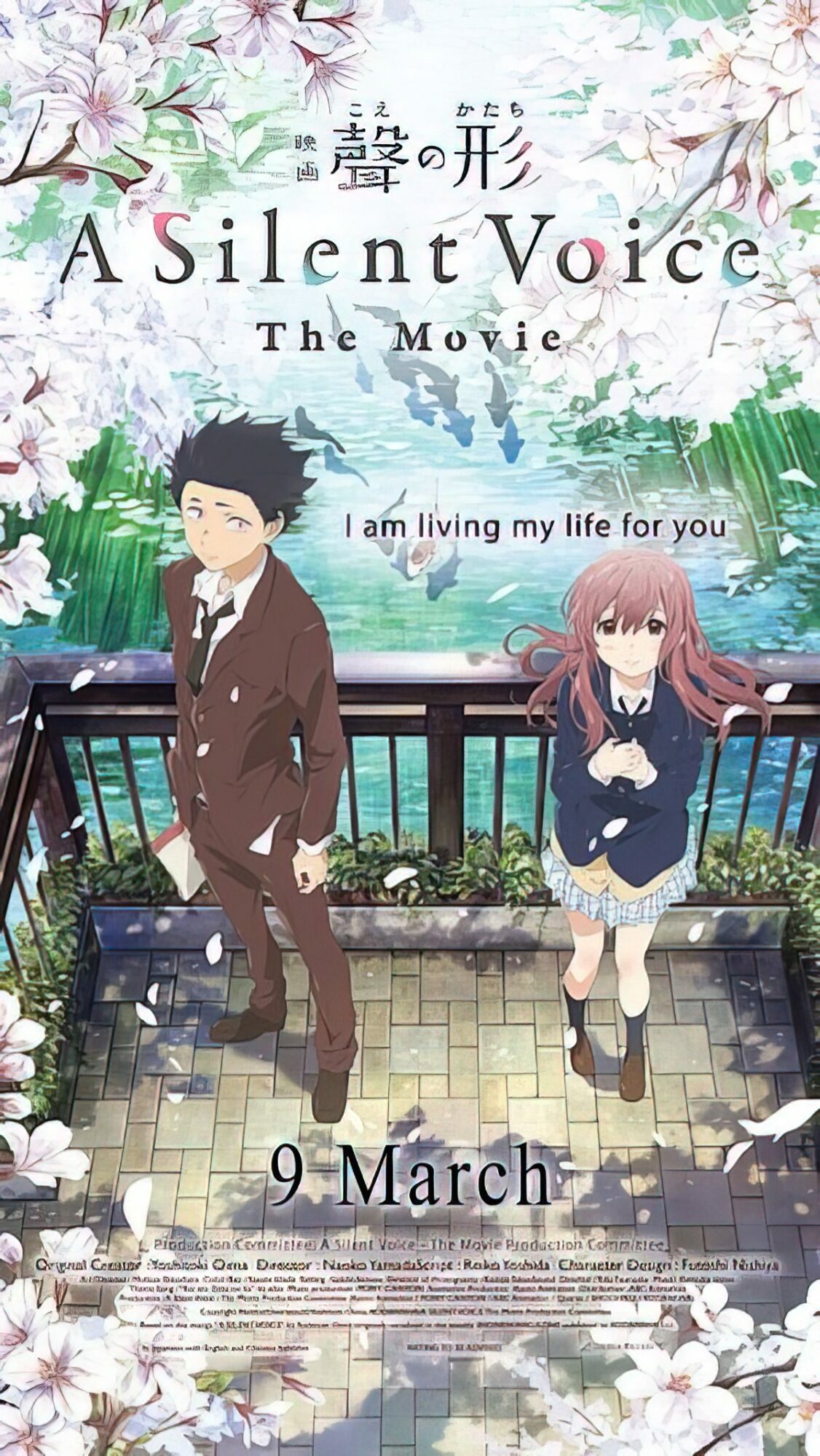
Here’s the thing about Japanese films — they don’t shy away from suicide. But this anime is one of the few films about the experience of being deaf and/or mute.
Japanese teenager Shoya Ishida intends to commit suicide. Changing his mind at the last minute, he recalls his days in elementary school and the events that have led him here. A new student named Shoko Nishimiya informs the class that she is deaf. She tries to integrate with the class but ends up annoying Shoya and his friends, so they start to bully her. When word of the bullying reaches the principal, Shoya is singled out as the culprit.
(See also the American horror film A Quiet Place, which may or may not be too scary for your child — our 11-year-old has a high tolerance for obvious fantasy horror and loved it.)
19. 5 CENTIMETERS PER SECOND
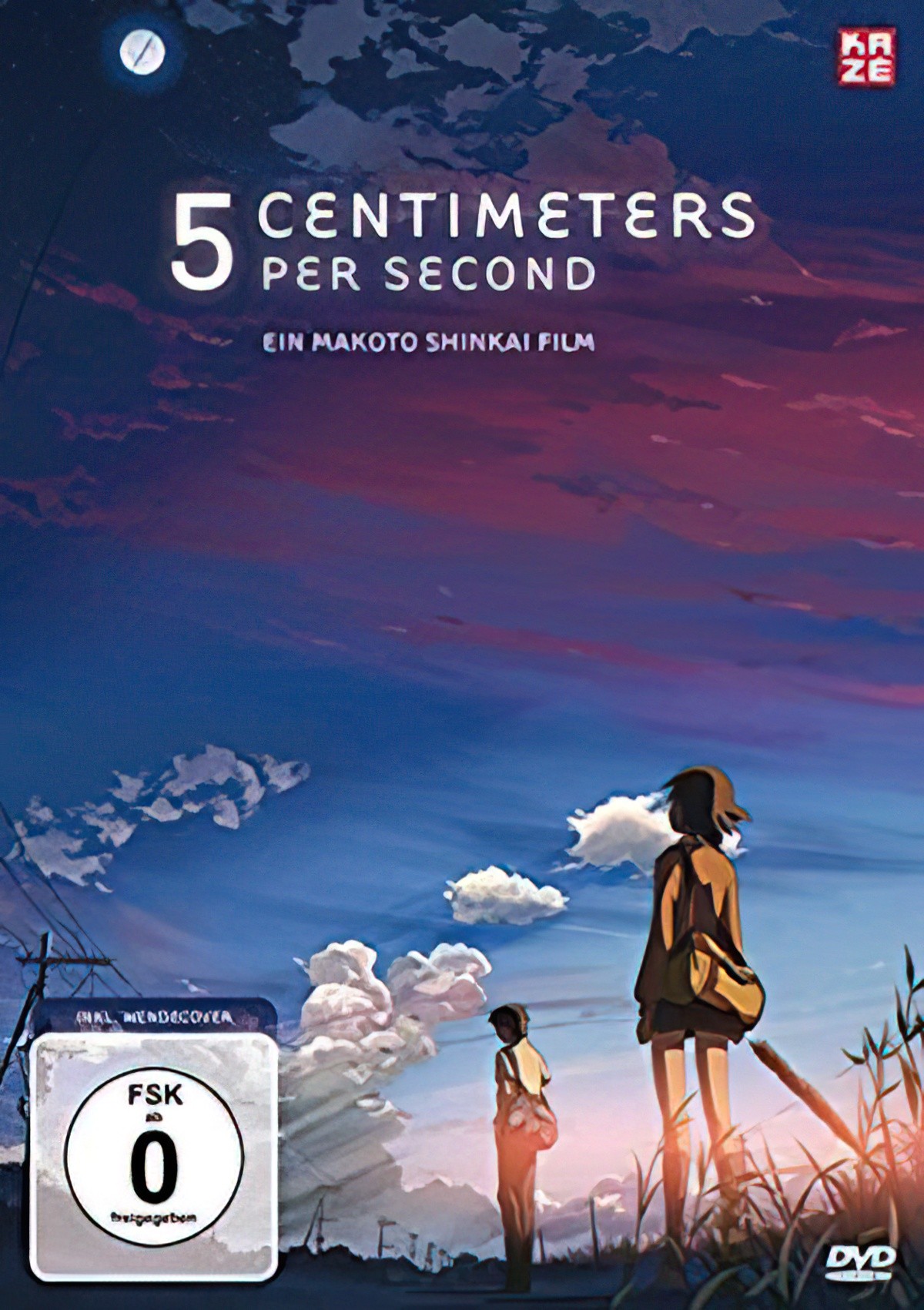
See the Wikipedia article. For a young adult audience. Younger kids may find it slow and perhaps not ready to relate to the mission. The characters are romantically motivated. Any tension comes from yearning and lovers separated. The thing I remember most about this film is the trains. The anime rendition of Japanese trains makes them absolutely beautiful.
You may like to seek out the comic book version of this movie.
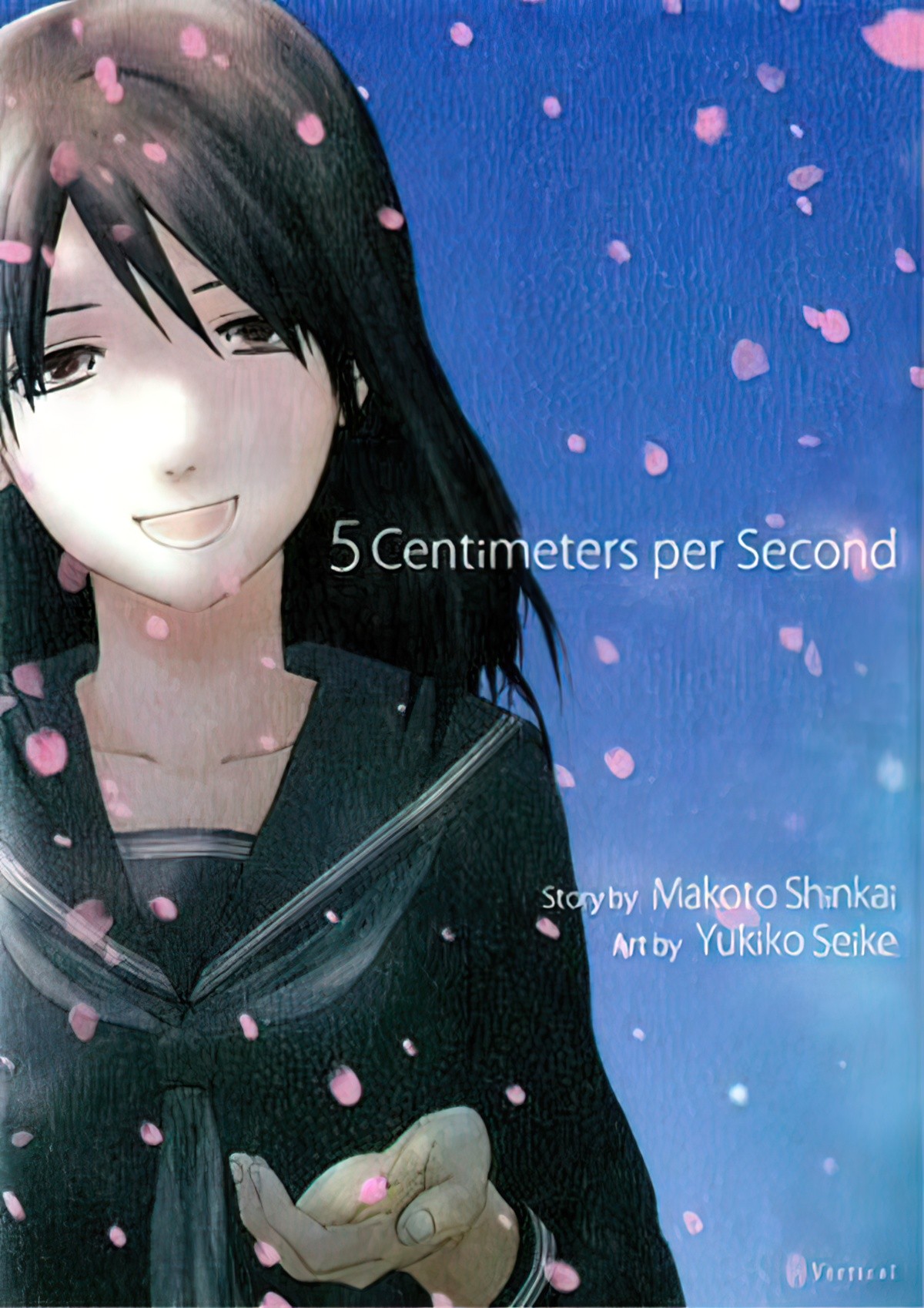
Love can move at the speed of terminal velocity, but as award-winning director Makoto Shinkai reveals in his latest comic, it can only be shared and embraced by those who refuse to see it stop.
Takaki Tohno quickly befriends Akari Shinohara when she transfers to his school. They grow closer to each other due to similar interests and attitudes; for instance, they both prefer to stay inside during recess due to their constitutions. As a result, they form a strong bond.
Upon ending their school year, Akari moves to Tochigi, due to her parents’ jobs. The two keep in contact by writing letters, but eventually begin to drift apart.
